If you’ve ever stood at the edge of Black Rock or watched snorkelers drift just beyond the reef, the danger isn’t always obvious, but it’s real. We’ve also seen people at Lumahai Beach stand on rocks during high surf, risking being swept out to sea. The state’s new Water Safety Plan confirms that nearly 69% of Hawaii’s ocean drowning victims are visitors, and Maui’s rate is now double Oahu’s.
For a state built on the promise of paradise, the imbalance between marketing and safety is hard to ignore. The findings come as Hawaii tourism reaches pre-pandemic levels, raising urgent questions about whether safety infrastructure can keep pace with visitor recovery.
“This is a public health crisis that’s been ignored for too long,” said Kalani Vierra, president of the Hawaii Lifeguard Association and a contributor to the Hawaii Water Safety Plan 2025. “We’re marketing these beaches aggressively while underfunding the systems that keep people alive.”
69% of ocean drowning victims are visitors.
Drowning is the leading cause of injury-related death for Hawaii visitors. From 2020 through 2024, 97 people drowned on Maui compared with 183 on Oahu, 42 on Hawaii Island, and 40 on Kauai. Adjusted for the population, Maui’s rate is more than double Oahu’s.
Maui has 12 lifeguard towers for 120 miles of coastline.
Despite the high rate of drownings, Maui County still operates only a dozen towers along its iconic coastline. A lifeguard tower planned for Black Rock near the Sheraton Maui Resort has been delayed since 2019. County officials say construction could begin in 2026, while everyone is asking what could have taken this long. In the meantime, the beach continues to experience repeated incidents. Hawaii rescue tubes, donated and maintained by volunteers, are filling the gap left by delayed government action.
Why Oahu’s drowning rate is half of Maui’s.
Oahu’s network of forty-two lifeguard towers covers most of its high-use beaches from Waikiki to the North Shore. Both the system’s consistent funding and good coordination among city and state agencies have helped to reduce fatalities in recent years. The comparison shows what Maui could achieve with equivalent resources and political willpower.
Hanauma Bay has long generated high rescue and incident activity, with 210 rescues in 2022 and 40 drownings from 2013 to 2022. Ala Moana records dozens of rescues annually (55 in 2022), but Waikiki and Sandy Beach typically see the highest rescue totals on Oahu.
Maui spends $4.3 million on ocean safety. Oahu spends $20 million.
Each of Hawaii’s counties manages its own ocean safety budget. Oahu allocates about $20 million annually, while Maui spends just over $4 million. Per mile of coastline, that’s roughly five times less funding for Maui compared with Honolulu.
The imbalance plays out in response times and tower coverage. Jurisdictional disputes between the county and resort properties have also delayed additional staffing, with hotels arguing the county should fund lifeguards and the county insisting resorts should bear responsibility for guests who account for most of the rescues.
Snorkeling deaths lead Hawaii visitor drownings.
Most drownings here involve middle-aged visitors from the mainland who are caught unaware by currents or fatigue while snorkeling in Hawaii. Sometimes calmer morning conditions will mask afternoon wind-whipped hazards. The state’s data show that snorkeling incidents outnumber all other ocean activities combined. Equipment familiarity, preexisting health issues, and lack of local knowledge compound the risk, as could recent air travel. For many families, these tragedies unfold within minutes of entering what appear to be gentle waters.
These Maui resort beaches have no lifeguards.
Kaanapali’s Black Rock remains the state’s most notorious site, located directly in front of major resorts yet without a permanent tower. Wailea is also without a lifeguard. Guests can walk from high-end oceanfront resorts straight into unguarded surf. Hotels may post warning signs but rarely disclose the area’s drowning record or direct guests to lifeguarded beaches. In a destination where ocean recreation is central to visitor marketing, the absence of visible safety infrastructure undermines traveler trust.
Hawaii’s Water Safety Plan remains largely unfunded.
The state’s 2025 plan calls for mandatory water-safety education in schools, unified county standards, and multilingual signage aimed at both residents and visitors. Yet funding so far has covered less than 2% of what’s needed to build even one new lifeguard tower or expand protection at visitor beaches. A specialty vehicle license plate honoring Duke Kahanamoku was approved to help raise funds and will be available in late 2025.
For travelers, that means many of Hawaii’s most promoted beaches still woefully lack basic safeguards. Officials cite environmental reviews, cost overruns, and staffing shortages as reasons for delay, but progress has been slow despite years of voiced public concern.
What needs to change to prevent more drownings.
Hawaii spends tens of millions promoting its beautiful beaches, but barely a million on the programs meant to keep people safe in the very same water. That imbalance says everything about where priorities still lie. Maui’s numbers reveal what happens when good plans never get implemented.
The Hawaii Water Safety Plan outlines exactly what’s needed, yet its progress remains stalled in administrative committees and budgets. Without urgency and outcry, drownings will keep turning up as another story no one wants to read again. For travelers, the message is simple: don’t assume safety comes standard, and ask the questions your hotel might not.
Should Hawaii be doing far more to protect visitors in the water before promoting its beaches to the world?
Lead Photo Credit: Waipuilani Beach on Maui.
Hawaii-Water-Safety-Plan_Final_25-0115Get Breaking Hawaii Travel News
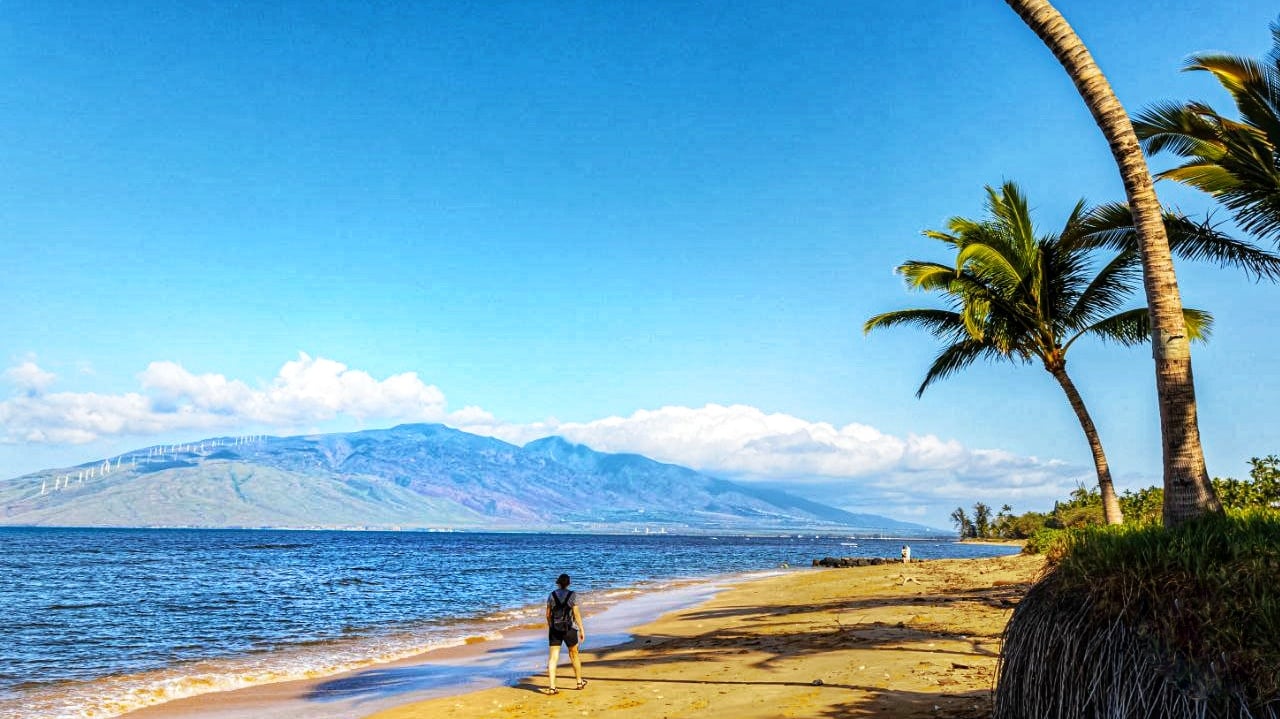
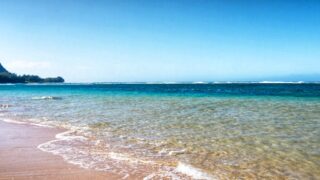
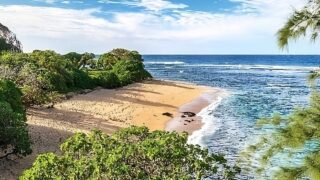
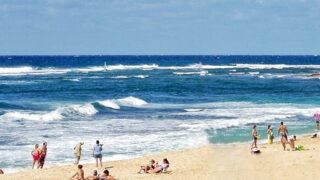
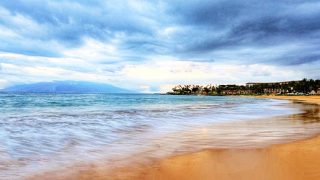
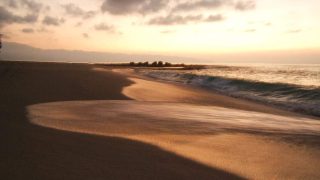
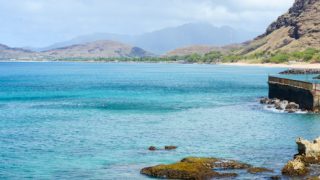
This is on tourists. Many are morbidly obese. Totally out of shape. Couldn’t walk two miles without being winded and sweating like a wrung-out sponge.
These people haven’t swam a lap in a decade (or more). They don’t know how to breathe while swimming. Zero ability to self-rescue. Elementary backstroke? These tourist “swimmers” have never even heard of it, let alone how to properly do a basic lifesaving stroke. Sidestroke, another key rescue stroke, do these “swimmers” know it? Of course they haven’t a clue.
If you don’t know these things, you have absolutely zero business stepping into the ocean. You don’t even have a concept of how much you don’t know concerning swimming, safety, and ocean self-rescue. Precisely why people die within site of shore.
I hear you but the flip side of that is that as the article mentions, we spend millions painting an idyllic picture of our beaches providing a false sense of security for visitors who have no frame of reference. Of course talking about drownings is a taboo subject.
We do vacation rentals, and when guests ask us about snorkeling, we tell them that this is the #1 cause of deaths for tourists and to please assess their health, swimming abilities, ocean conditions and to know where the currents are.
Oh my gosh Jack!
Your take is so callous. More lifeguards would save lives-period, end of story.
The deaths are on Hawaii and Hawaiians and you sound fine with that.
I worked at a hospital on Maui for 12 years, from 1999 to 2011, and was shocked by the number of spinal injuries (which your article didn’t mention), all related to tourists body-surfing in on-shore wave break areas. I’m talking about severe, permanent, and debilitating spinal injuries. We averaged one per month at that time. Many were neck fractures, resulting in quadriplegia. Not a peep of any warning about on-shore wave risks in those on-flight airline informational videos. The apathy on the part of the airlines, the State, and the County was appalling, and still is.
I live on Kauai and have been through the Lihue airport a number of times lately. There is a video broadcast on Zocean Safety st baggage claim. Why am I the only one watching it? It is definitely being missed by everyone present. The last time through, the audio was on but not the video! Shame! It would be better presented on board the plane as valued information fir a safe visit!
Absolutely, Hawaii, and specifically Maui, should be doing more to protect visitors. They promote their beaches to entice people to visit, so I believe they have a responsibility to try to ensure their safety with lifeguards. Having been to Maui more than 20 times in the last 20 years, I know how scary it can be to caught in a wave that takes you out. I hope your article will help promote a change for more lifeguards.
Mahalo for the including the video about the rescue tubes. I have only recently become aware that we have them here on Maui. In my opinion, resorts should be responsible for taking care of their tourists and I don’t understand why the Sheraton or the Hilton Resorts don’t have life guards.
My wife and I have both Hawaiian Air rewards and Alaska Air rewards. When the rewards were consolidated under the Atmos program the math does not seem to be correct. The total points activity is higher than the points available by about 10K. When we try to contact either Alaska or Atmos about this discrepancy the hold time is hours. We are curious if others are having is issue or if there are any suggestions on contacting Atmos/Alaska to correct this error.
This article is about savings lives and you are worried about your airline points? BOH had extensive coverage about the Hawaiian-Alaska Airline merger, but your comment is misdirected here. Be safe when you get here!
This is seriously not the forum to discuss airline miles today, when the topic today is the causes and potential solutions to people drowning in Hawaii. Airline miles have been discussed before on this very informative venue, and I’m sure will be again discussed in the future.
If all beaches in Hawaii are public, why do the hotels get a veto?
Maybe if the state were to create an account out of their vast TOT revenue as seed money to pay, say, 30 to 50 percent of the cost of the towers, it would be an inducement to the counties to come up with the rest. The hotels could be required to pay maybe 10 percent of the cost for towers on their frontage to protect their customers.
Visitors account for 69 percent of drownings which could be accounted for by lack of education, ignorance, or just shear stupidity, but that means 31 percent of drownings are locals whom, it might be assumed, should know better.
With every drowning in front of their resorts come bad memories and their friends and relatives will never come back. So, it maybe worth investing more than 10% of the resort fees they are charging for less important things…..